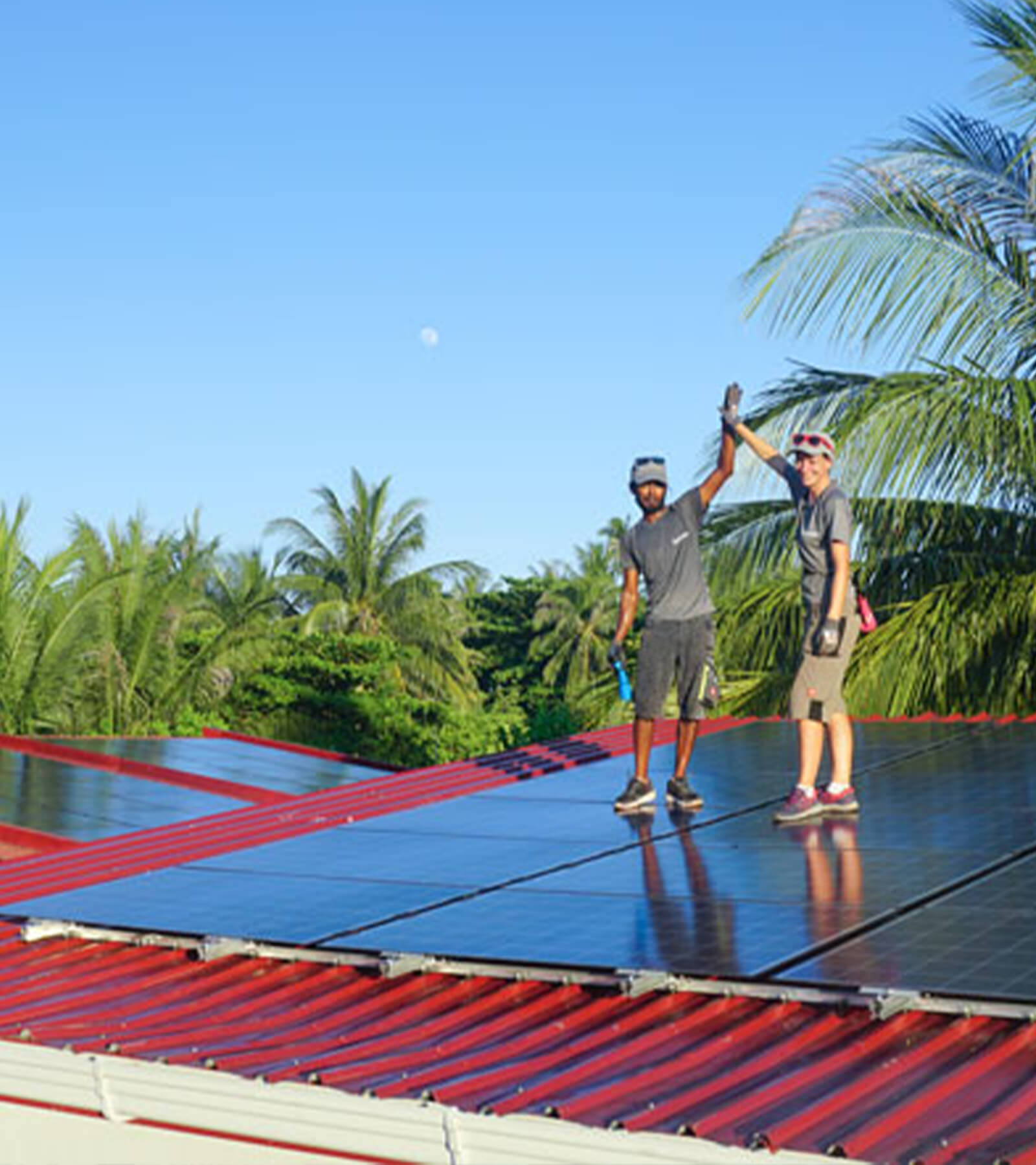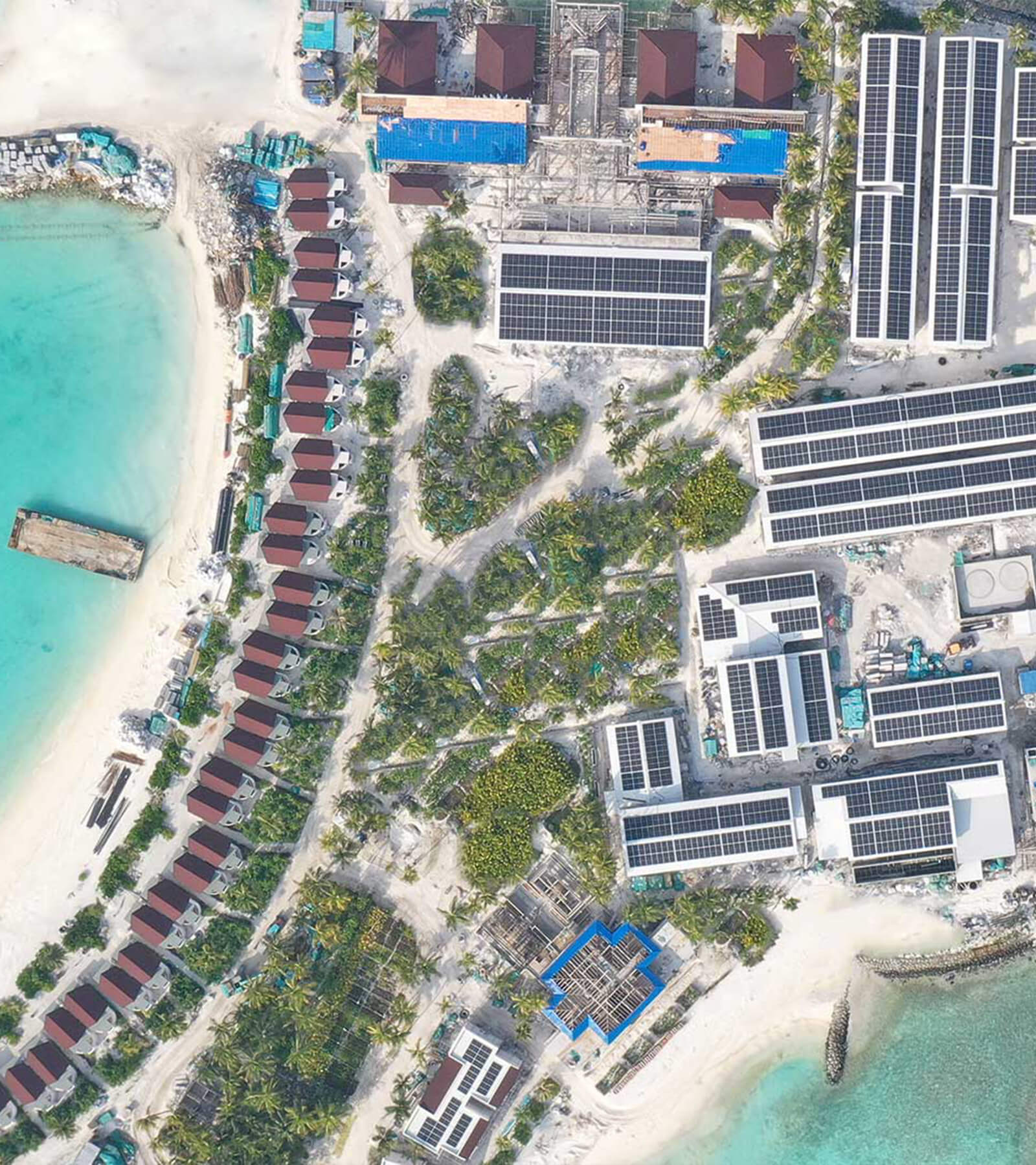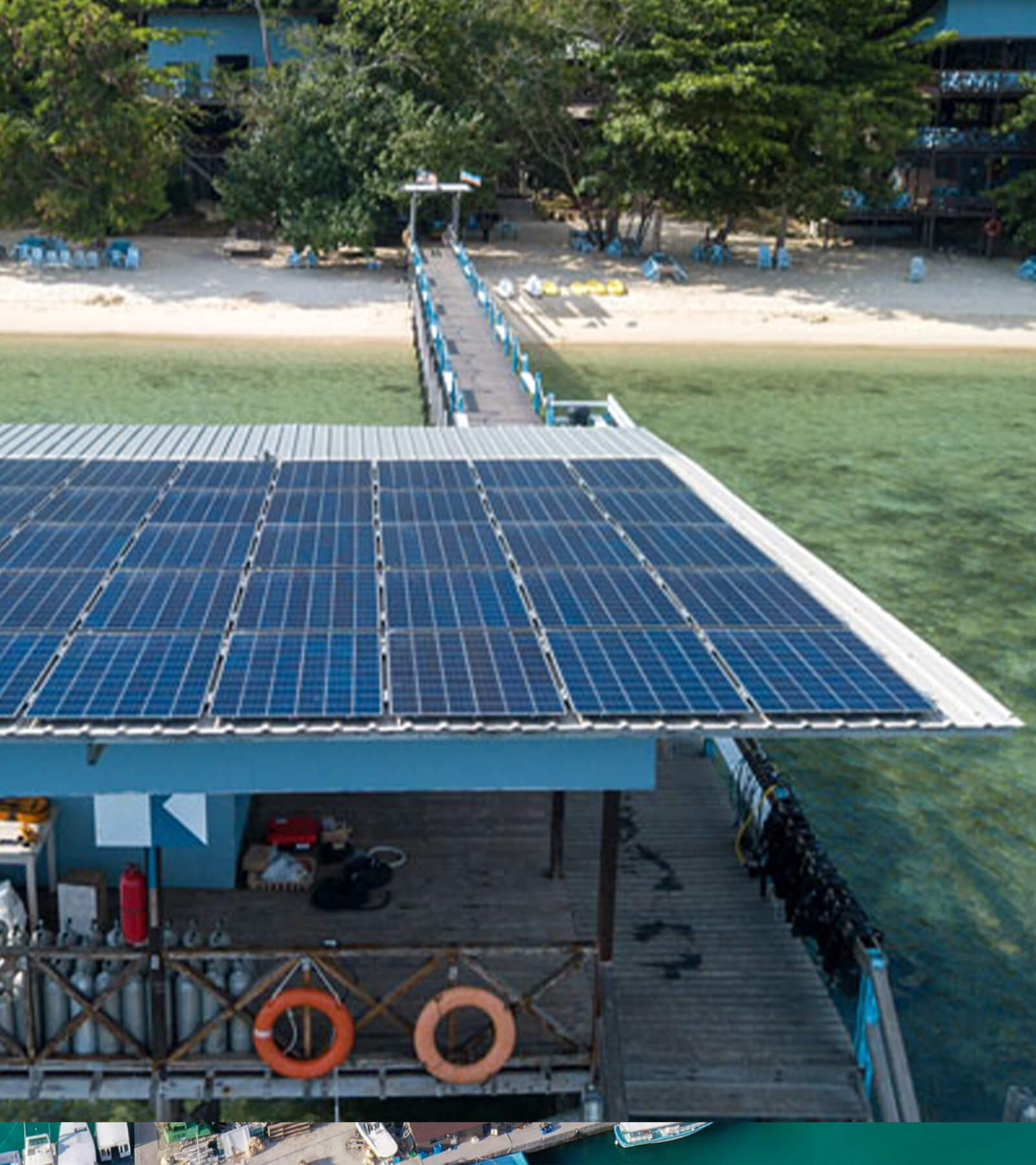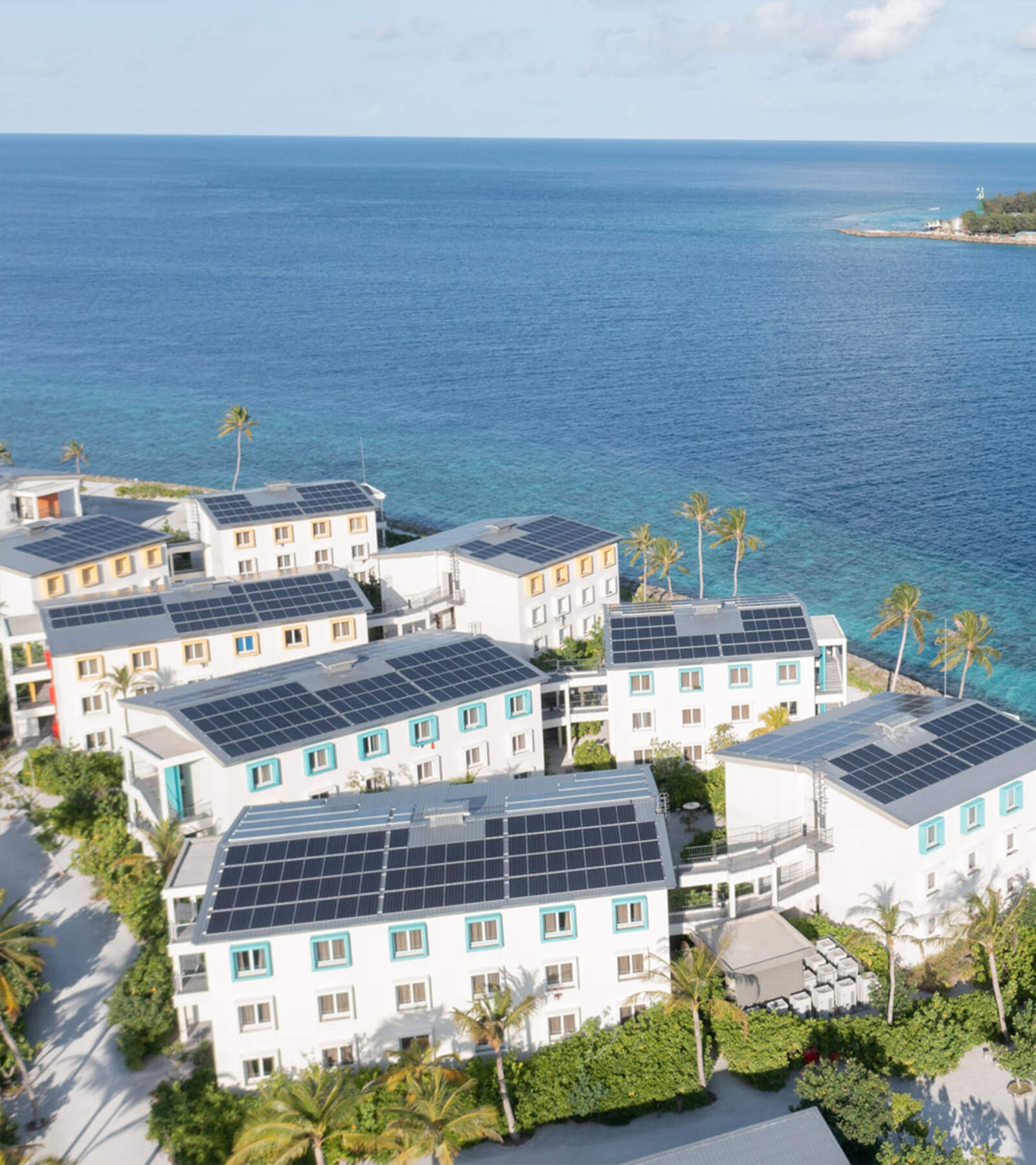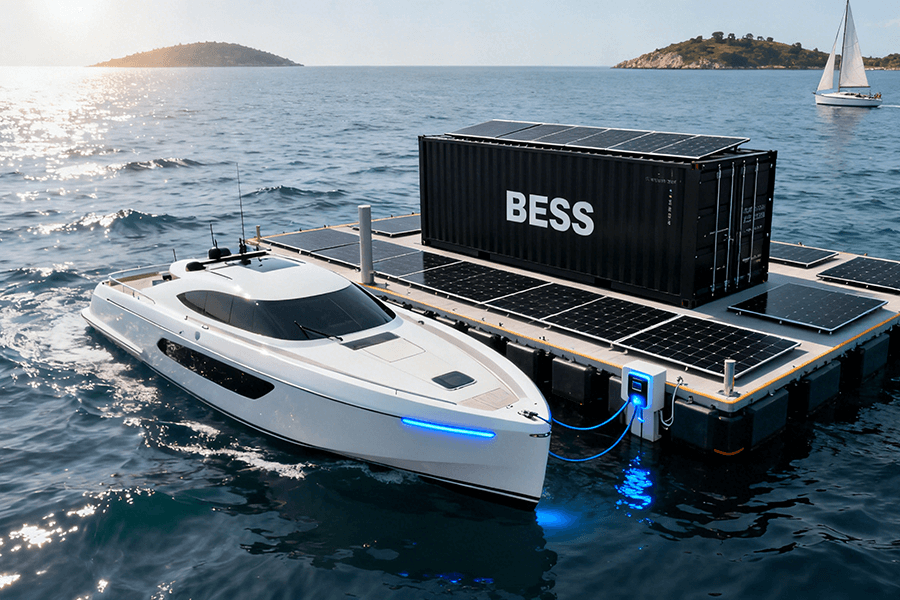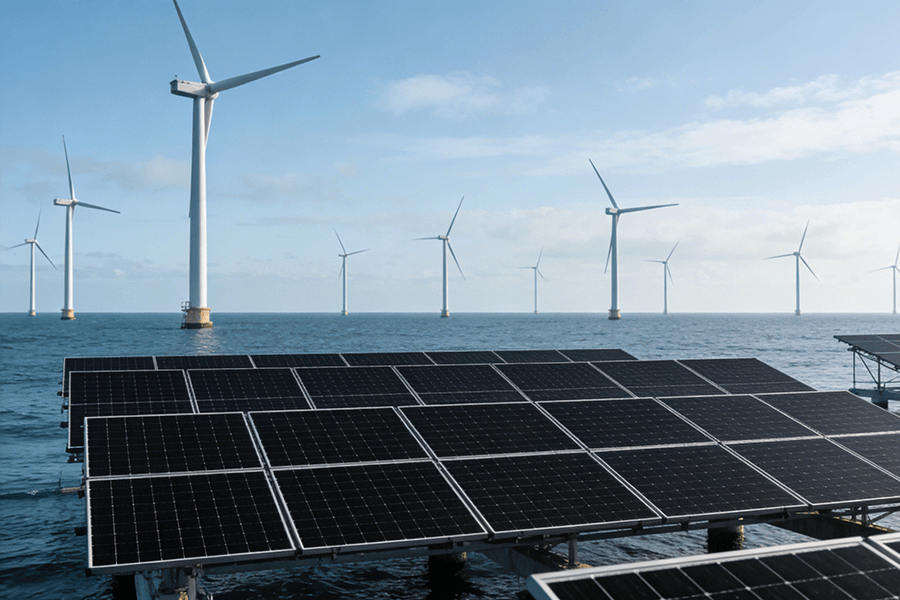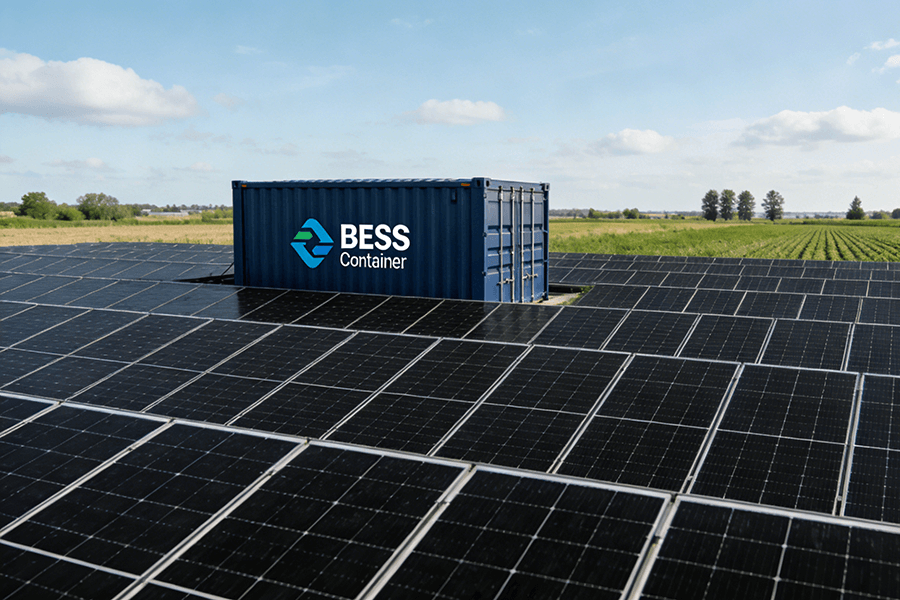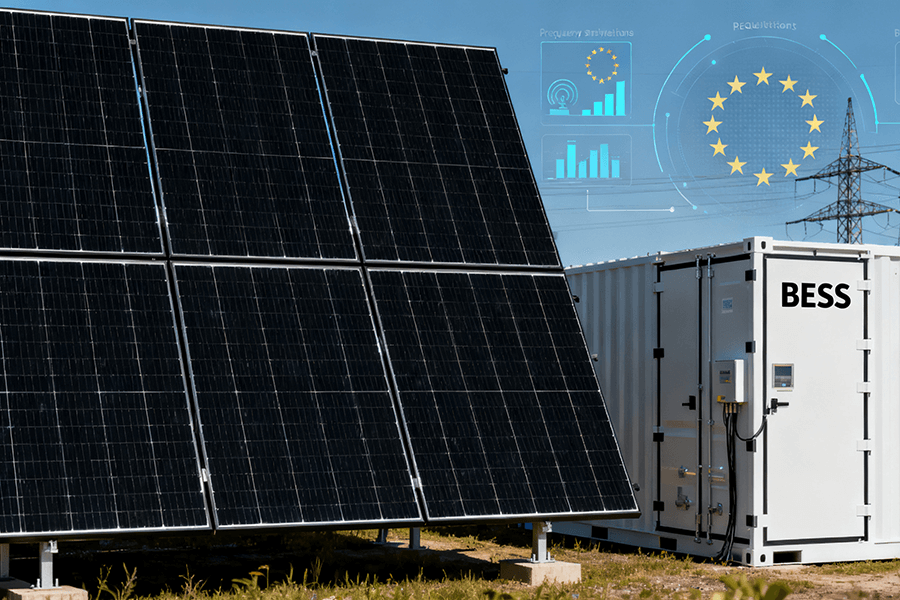
Why 50Hz Is Non-Negotiable (And Why Traditional Tools Are Slacking)
Imagine the EU grid as a massive orchestra with 24 countries playing in sync—each instrument (power plant, factory, home) relying on a rock-solid 50Hz tempo . The rules are strict: 99.9% of the time, the frequency must stay within 49.8-50.2Hz. Step outside that, and transformers throw tantrums, motors wear out early, and worst-case scenario—blackouts that leave cities in the dark (remember the 2021 UK grid collapse? A 1.6Hz drop caused widespread outages, stranding 1.1 million people) .
The math is brutal: A single 0.5Hz deviation costs EU utilities over €2 million in repairs and lost productivity . And the problem is getting worse. With renewables now making up 42% of the EU’s power mix (Eurostat 2024), their variability is a major headache—40% of all frequency deviations trace back to sudden drops in solar/wind output (e.g., a 30% wind power dip in Germany during a 2023 storm) or spikes in industrial demand (like a steel mill ramping up production) .
The Failings of Traditional “Grid Babysitters”
For decades, TSOs relied on two dinosaurs that can’t keep up with modern grid demands:
- Gas-fired peaker plants: These fossil-fueled behemoths take 5-10 minutes to fire up—about as useful as a snail in a sprint when frequency crashes. In 2022, a gas plant in France failed to respond in time to a 0.3Hz drop, leading to a 2-hour regional blackout .
- STATCOMs (Static Synchronous Compensators): Custom-built, single-purpose devices that cost a fortune to install (€5-10 million per unit) and require 3-6 months of grid downtime. Worse, they only handle voltage regulation—no help with frequency stability .
It’s like using a flip phone to run a startup—functional, but not built for the modern world. Cue BESS containers: pre-assembled, lightning-fast, and ready to multitask. They’re the grid’s new superheroes, and they’re here to save the day (and millions in costs).
How BESS Containers Keep the Grid’s Beat Steady
BESS containers aren’t just big batteries—they’re precision tools with two superpowers: speed and versatility. Unlike traditional tools that excel at only one task, BESS containers adapt to the grid’s ever-changing needs, whether it’s a sudden frequency drop or a sustained demand spike. Let’s break down their key capabilities.
Fast-Frequency Response (FFR): The Grid’s “911”
When frequency deviates, every millisecond counts. BESS containers use advanced sensors and AI-driven control systems to detect fluctuations and inject/absorb power in 100ms—that’s faster than you can blink (which takes 300ms!) and 5x quicker than conventional generators (500ms+ response time) . By the time a gas plant even starts its ignition sequence, a BESS container has already stabilized the grid.
Real-World Win: Bavaria’s BESS Fleet (Germany)
A German TSO (TransnetBW) deployed five 500kWh BESS containers (total 2.5MWh) across rural Bavaria in 2023. The goal? Tackle frequent frequency dips caused by intermittent wind power. After one year:
- Frequency deviations dropped by 65% (from 120 incidents/year to 42)
- Four potential regional blackouts were averted (each would have cost €3-5 million in damages)
- Carbon emissions from frequency regulation fell by 38% (vs. gas plants) .
This isn’t just stability—it’s peace of mind with a measurable ROI.
Primary + Secondary Control: The Dynamic Duo
Grid stability is a two-phase game, and BESS containers excel at both. Primary control stops frequency from spiraling in the first 30 seconds, while secondary control keeps it steady for 10-30 minutes. No other tool handles both tasks as effectively.
|
Control Type
|
Core Role
|
Response Time
|
Key Benefit
|
BESS Performance Example
|
|
Primary Control
|
Prevent frequency from crossing critical thresholds (e.g., <49.5Hz)
|
Instant (≤100ms)
|
Avoids immediate blackouts
|
Handles 20% of Netherlands’ primary control needs (Enexis TSO)
|
|
Secondary Control
|
Restore frequency to 50Hz and maintain it long-term
|
Sustained discharge (10-30 mins)
|
Reduces reliance on fossil fuels
|
Replaces 15% of Spain’s gas-fired secondary control capacity (Red Eléctrica)
|
Case Study: Dutch Grid Operator Enexis
Before BESS, Enexis relied on 12 gas-fired generators to handle primary control. These plants were slow (500ms+ response), expensive (€8 million/year in fuel), and emitted 12,000 tons of CO₂ annually. In 2024, Enexis swapped 3 of these generators for a 3MWh BESS fleet. The results?
- Response time cut to 80ms (7x faster)
- Annual costs dropped by €3.2 million (40% savings)
- CO₂ emissions reduced by 4,800 tons/year .
It’s like swapping a gas-guzzler for a Tesla—same job, way better results.
Economic and Operational Benefits: BESS Containers That Pay for Themselves
Stability is great, but TSOs care about the bottom line. BESS containers deliver on both fronts: they’re cheaper than traditional tools over the long haul, and they generate multiple revenue streams. It’s a win-win that’s hard to ignore.
Lower Costs Than Fossil-Fueled Rivals
Over a 10-year lifespan, BESS containers are far more cost-effective than gas plants or STATCOMs. The reason? No fuel costs, faster installation, and minimal maintenance.
|
Solution Type
|
10-Year Total Cost (per 1MWh capacity)
|
Installation Time
|
Key Cost Drivers
|
|
BESS Containers
|
€1.2 million
|
2-4 weeks
|
Battery replacement (year 7-8), software updates
|
|
Gas-Fired Peaker Plants
|
€1.9 million
|
6-12 months
|
Fuel (60% of total cost), maintenance, emissions permits
|
|
STATCOMs
|
€2.2 million
|
3-6 months
|
Custom engineering, downtime, limited functionality
|
Data source: ENTSO-E 2024 Grid Stability Cost Report
Big Win: Spanish TSO Red Eléctrica
In 2023, Red Eléctrica faced a dilemma: build three new gas peaker plants (cost: €180 million) or deploy a 10MWh BESS fleet. They chose BESS, and the math speaks for itself:
- Upfront savings: €50 million (BESS cost: €130 million vs. gas plants: €180 million)
- Annual fuel savings: €6.5 million (no natural gas needed)
- Maintenance savings: €1.5 million/year (BESS has 70% fewer moving parts than gas plants) .
That’s enough to fund 80,000 lattes for the engineering team (or more grid upgrades—we won’t judge).
Revenue Streams: BESS Containers With a “Side Hustle”
Unlike STATCOMs (one-trick ponies) or gas plants (only useful for peak power), BESS containers wear multiple hats—earning revenue from three key grid services. This “stacking” of services turns them from a cost center into a profit center.
|
Revenue Stream
|
Typical Earnings (Per 1MWh Container/Year)
|
How It Works
|
Real-World Example
|
|
Frequency Stability Services
|
€22,000-€25,000
|
TSOs pay BESS to respond to frequency deviations
|
Belgian operator in Antwerp earns €24,500/year per container
|
|
Peak Shaving
|
€10,000-€18,000
|
BESS discharges during high-demand hours (e.g., 7-9 PM) to avoid grid overloads
|
Dutch TSOs average €18,000/year per container
|
|
Renewable Energy Storage
|
€12,000
|
BESS stores excess solar/wind power and sells it when prices are high
|
Belgian solar farm earns €12,000/year per container by storing solar power
|
Total Revenue Potential
For a 5MWh BESS fleet, total annual revenue can hit €275,000 (5 containers × €55,000/year). That’s enough to cover the fleet’s €900,000 upfront cost in just 3.2 years—far faster than gas plants (10+ year payback) .
Maxbo Solar: Your Partner in EU Grid Stability
At Maxbo Solar (www.maxbo-solar.com), we’re not just building BESS containers—we’re engineering grid solutions that thrive in Europe’s toughest conditions. As someone who’s worked in renewable energy for over a decade, I’ve seen firsthand how generic BESS units fail in extreme weather (freezing winters in Sweden, scorching summers in Greece) or struggle to meet EU regulations. That’s why we design our containers specifically for the EU market—no one-size-fits-all shortcuts.
What Makes Our BESS Containers Stand Out?
We focus on three pillars that matter most to TSOs: durability, speed, and results.
EU-Certified Toughness
Our BESS containers are built to survive Europe’s wild weather:
- IP67-rated enclosures: Dust-tight and waterproof, perfect for coastal areas (e.g., Portugal’s Algarve) or rainy regions (Belgium)
- Temperature range: Operates from -20°C (Scandinavian winters) to 50°C (Spanish summers)
- Shock resistance: Withstands vibrations from wind turbines or industrial sites (tested in Rotterdam’s port) .
We don’t just say they’re tough—we prove it. In 2024, our container in northern Sweden survived a -22°C blizzard with zero performance issues, while a competitor’s unit failed after 3 hours.
Fast Installation (No Grid Downtime)
Traditional grid upgrades mean weeks of downtime—but not with our BESS containers. They’re pre-assembled in our EU-based factory (Germany), tested for compliance, and shipped ready to plug in. The result?
- Installation time: 2-4 weeks (vs. 3-6 months for STATCOMs)
- Zero grid downtime: We connect during off-peak hours, so homes and businesses never lose power
- Easy scaling: Add more containers as your grid needs grow (no reengineering) .
Proven Results Across Europe
Our 50-200kWh BESS models are already powering grids in 8 EU countries. Here’s what our clients say:
- Rotterdam Suburban Grid: “After installing Maxbo’s 2MWh BESS fleet, we saw 72% fewer voltage complaints—our residents finally stop calling about flickering lights.” (Grid Manager, 2024)
- Spanish-French Border Grid: “Choosing Maxbo’s BESS over STATCOMs saved us €300,000 in upfront costs, and we’re earning €45,000/year from peak shaving.” (TSO Director, 2024)
- Dutch Hydropower Plant: “Maxbo’s 10MWh system reduced our output variability by 65%—we now sell more power during peak hours.” (Plant Operator, 2024) .
We Speak EU Grid Language
Navigating EU regulations is a nightmare—unless you know the rules. At Maxbo Solar, we live and breathe EU grid codes:
- Compliance: Our BESS containers meet ENTSO-E’s frequency response standards (FFR ≤100ms) and 2025 CPR (Construction Products Regulation) requirements
- Funding Support: We help you secure EU JTM (Joint Technical Market) subsidies—up to €72 billion in total funding for grid stability projects
- Local Support: We have teams in Germany, Spain, and the Netherlands to provide 24/7 maintenance (no waiting for overseas technicians) .
Whether you’re a TSO looking to replace peaker plants, a solar farm needing storage, or an industrial facility wanting to cut peak costs, our BESS containers deliver. We’re not just a supplier—we’re your partner in building a more stable, affordable, and sustainable EU grid.
Conclusion: The Future of EU Grid Stability Is Modular
BESS containers have gone from “nice-to-have” to “must-have” for EU grid operators. They’re faster than traditional tools, cheaper over the long haul, and versatile enough to earn revenue while keeping the lights on.
The data speaks for itself: By 2035, BESS containers will handle 50% of EU grid frequency stability auxiliary services (ENTSO-E 2024 Forecast) . This isn’t just a trend—it’s a revolution that will enable higher renewable energy penetration (the EU’s target is 65% by 2030, per the Green Deal) and a more resilient grid.
For TSOs still relying on fossil fuels or outdated equipment, the message is clear: It’s time to swap the dinosaurs for BESS containers. And at Maxbo Solar, we’re ready to help you lead the charge.
Visit www.maxbo-solar.com today to learn how our BESS containers can steady your grid’s rhythm—while boosting your bottom line.

